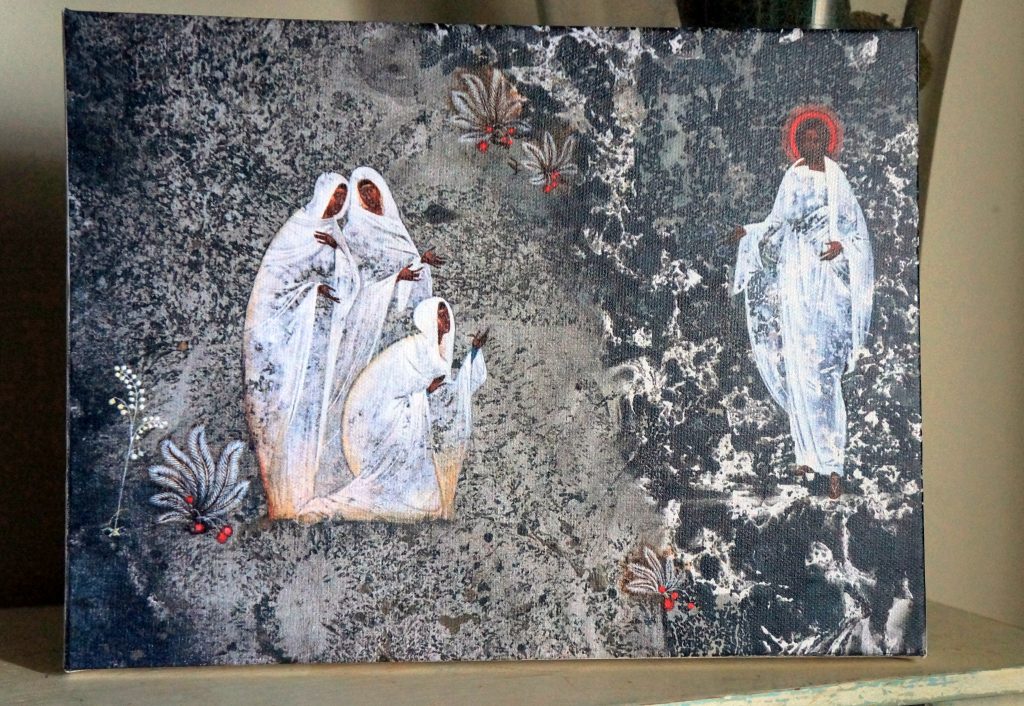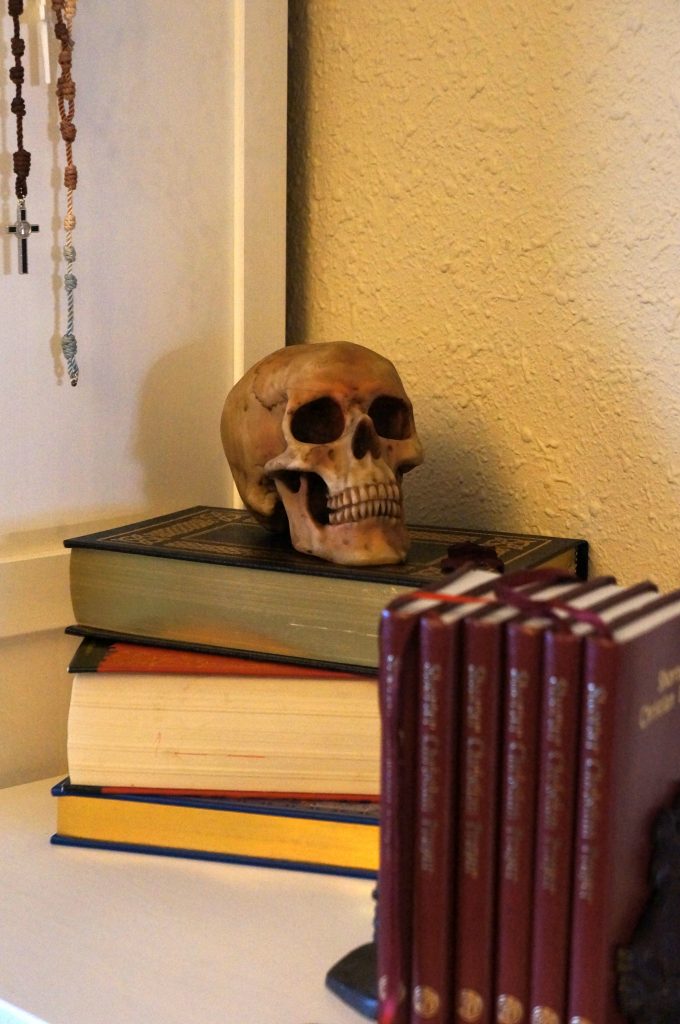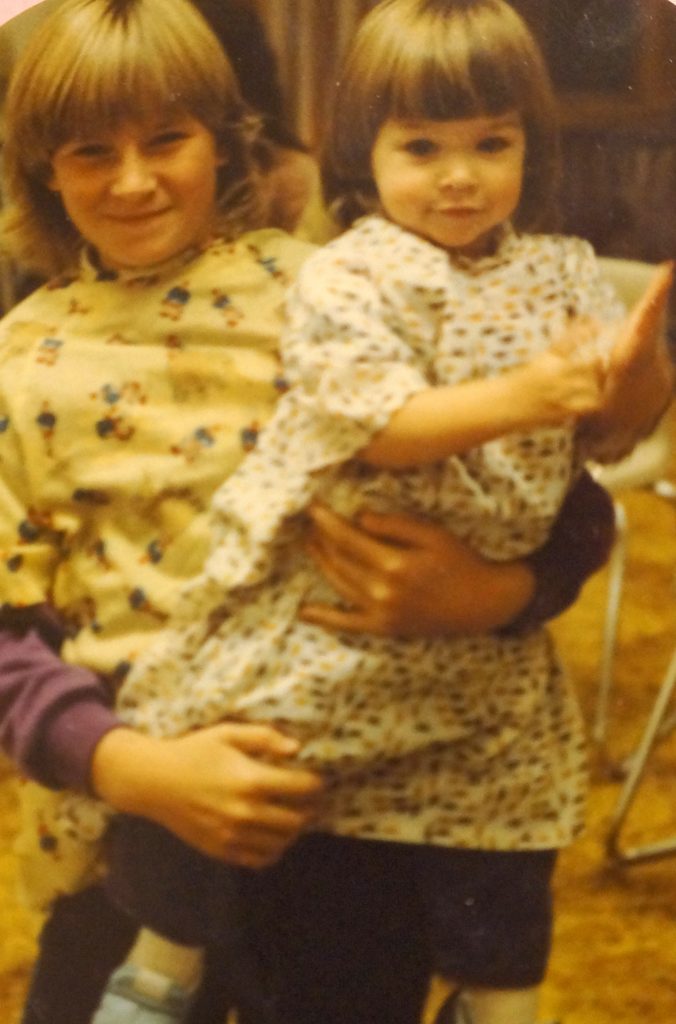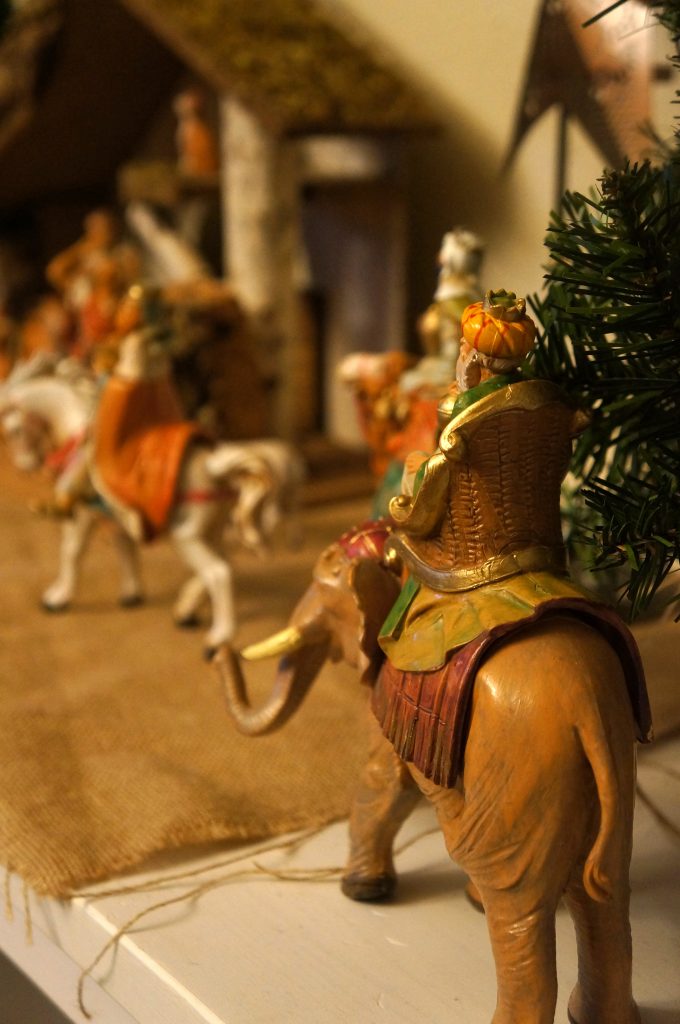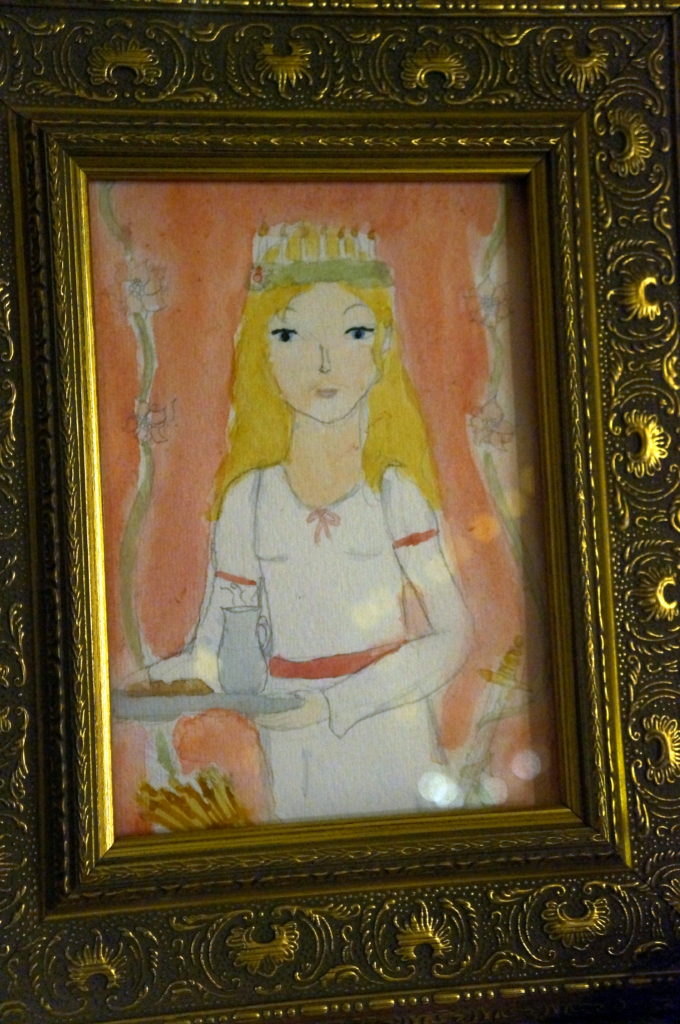{I originally intended to post this at the end of 2019, but it got lost under a stack of drafts. This is my 2018-19 reading list!
I am a jilted reader. For one, I am a very slow reader. I read out-loud in my head, sounding out every word. I do the voices. I have to underline things and make notes, otherwise I won’t remember what I just read. Sometimes I’ll be reading for a good ten minutes before I realize I’ve been thinking about an old “Friends” episode and completely missed what happened over the past five pages. So you can imagine how difficult it is to read with lots of distractions (i.e. children) around. My husband, on the other hand, is an incredible reader. He has an amazing ability to tune out everything (and I mean EVERYTHING) when he’s reading. He has an astounding memory: if he wants to share something he read, maybe even years ago, he can quickly thumb through the book and find the passage he wanted. Me, on the other hand: people will talk about a great scene, character, dialogue, or fact from a book, I’ll respond and ask what book it’s from, only to find out that I have actually read that book! (Only, I clearly didn’t actually read that book….)
I wasn’t always like that. I used to love reading. I would run into things because I was reading so much of the time. But somewhere around the age of 10 I just kind of stopped, unless it was assigned reading (which I usually skimmed). Of course, during my conversion I read a ton of books about everything Catholic, ate those up like candy. And then for years I was reading picture books to my children (which I love because, you know, all the voices).
I mostly struggle with fiction. It has to really grab my attention, otherwise I start getting distracted by all the useful things I could be doing with my time. I could quickly name the fictional books I have read in the past 16 years (which is when I graduated college and no longer had required reading): Anna Karenina (read that on my honeymoon and into my first pregnancy), Eleni (read that while nursing my first baby), and the High King series (read those while pregnant and nursing my fifth baby). The first Harry Potter book, and half of the second. Yep.
I’m much better with non-fiction. It feels less like a waste of time. If I’m learning something, acquiring factual (or mostly factual) information then I can justify a good read. Over the years this had been sporadic spiritual reading (I Believe in Love, My Mother Zelie, Advent of the Heart, 1000 Gifts, various Al-Anon literature).
But something happened to me a couple years ago. It was … I don’t know… maybe a mini-crisis of faith? A new batch of challenges popped up quite suddenly and all at the same time and I didn’t have a vocabulary for it. I mentioned this to a friend, something about beauty and aesthetic in the Church and the role of women– none of which was said coherently, so his fluid and fitting reply could only have been the Holy Spirit using that golden moment to open a floodgate.
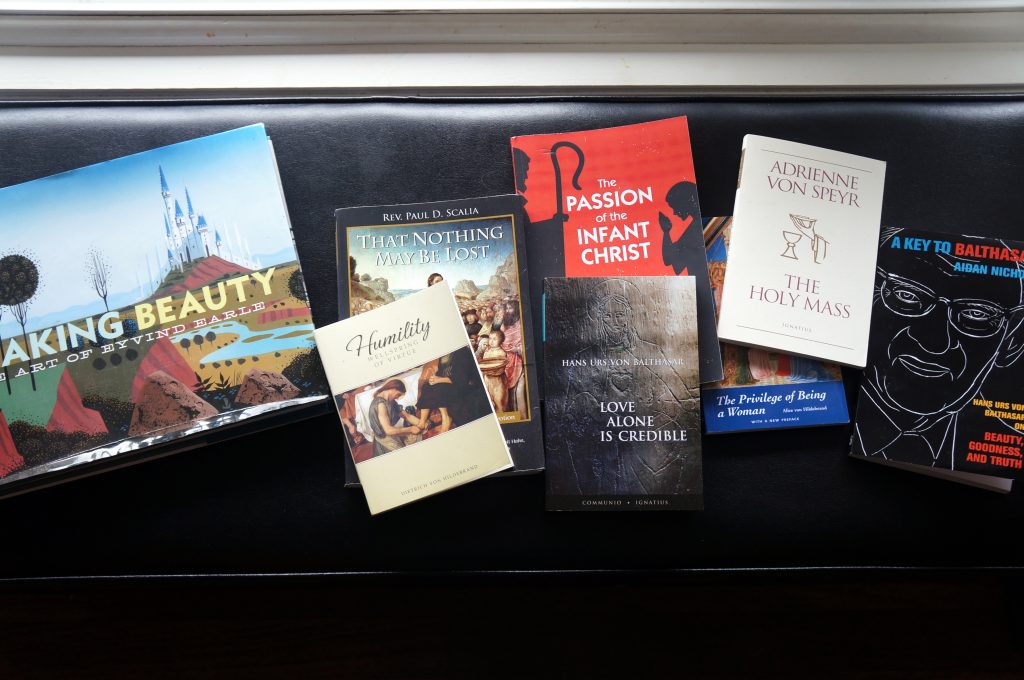
At first I caught the names Houselander (whose effect on me I’ve written about elsewhere), Edith Stein, and a slew of “vons”. The year that followed was enormously important for my whole being- my mind, heart,and soul. I rediscovered a love for reading. And not just reading, but contemplative reading, reading that inspired my interrupted prayer life. I know this is old news for most people, but it awakened me right at a time I needed it.
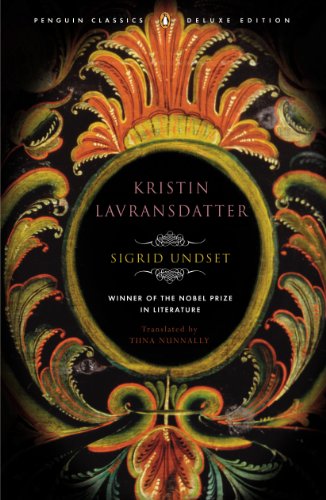
This past year I finally read a book that has been recommended to me for years: Sigrid Undsett’s Kristin Lavransdatter. Chances are, you’ve already discovered this treasure, but if you haven’t… READ IT. I’ve never read a novel that encapsulates what it means to be a woman in all her stages of life as this book. Undset possesses a deep understanding of humanity. Her characters remain unchanging in their unique personalities, though altered by their life experiences.
Another book that I read this past year that I would recommend as a life-changer is Love Alone is Credible. I know people have some hang-ups with Hans Urs von Balthasar, and though I’ve heard the reasons, I don’t understand how anyone could not appreciate this poet-theologian’s explanation of anything trinitarian. His work has changed the way I see God and the way I understand how He sees me, if that makes sense. And Adrienne von Speyr’s Handmaid of the Lord is a rich companion text (and I’ve written about that more). It doesn’t directly relate to Love Alone is Credible, but her reflections on the life of Mary fit beautifully alongside Balthasar’s meaty text.
In brief…
My 2018-19 Book List
- Kristin Lavrandsatter by Sigrid Undset
- Handmaid of the Lord by Adrienne von Speyr
- A Key to Balthasar by Aidan Nichols
- Love Alone is Credible by Hans Urs von Balthasar
- The Privelege of Being a Woman by Alice von Hildebrand
- Into the Deep by Abigail Favale
- The Passion of the Infant Christ by Caryll Houselander
- Humility by Dietrich von Hildebrand
- That Nothing May Be Lost by Rev. Paul Scalia
- Awaking Beauty: The Art of Eyvind Earle

